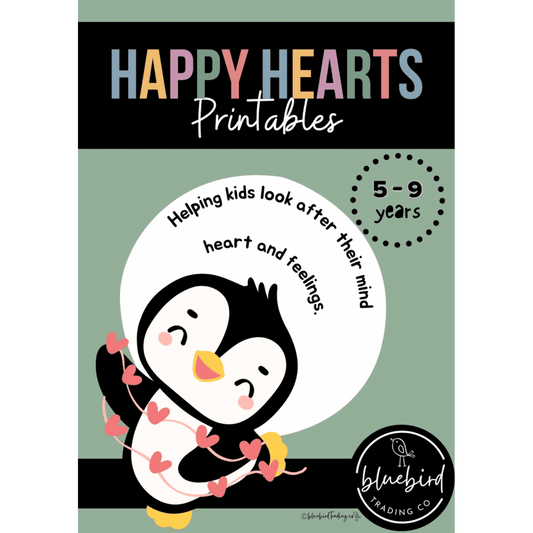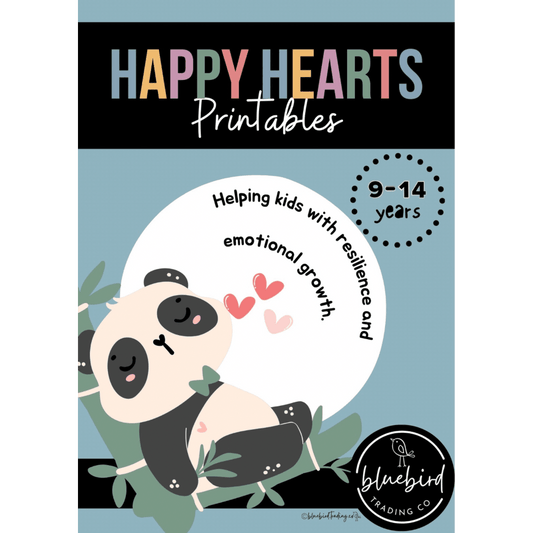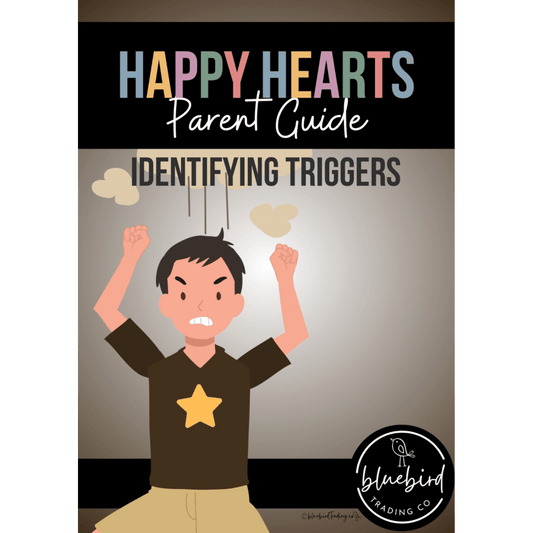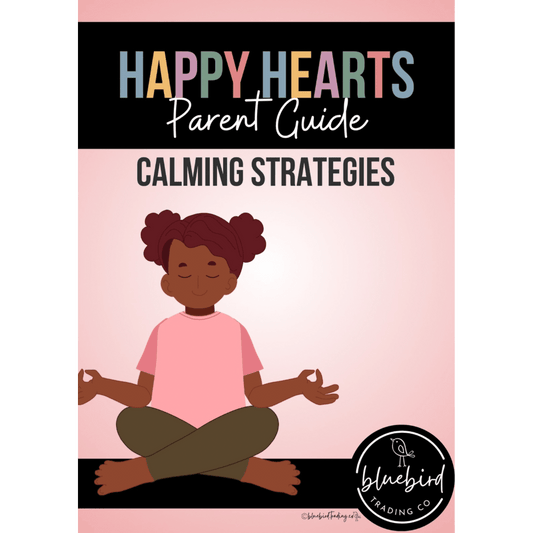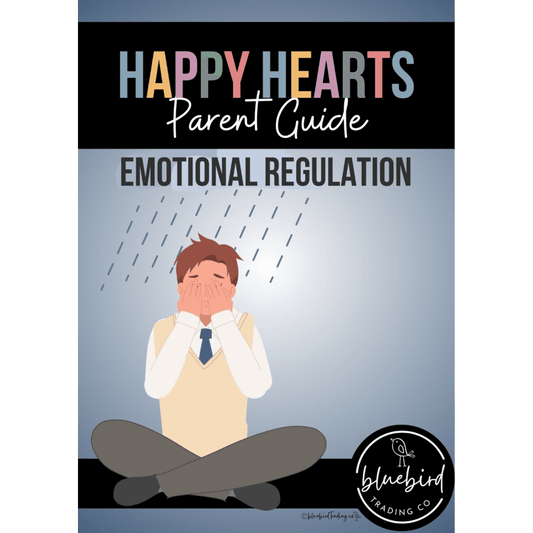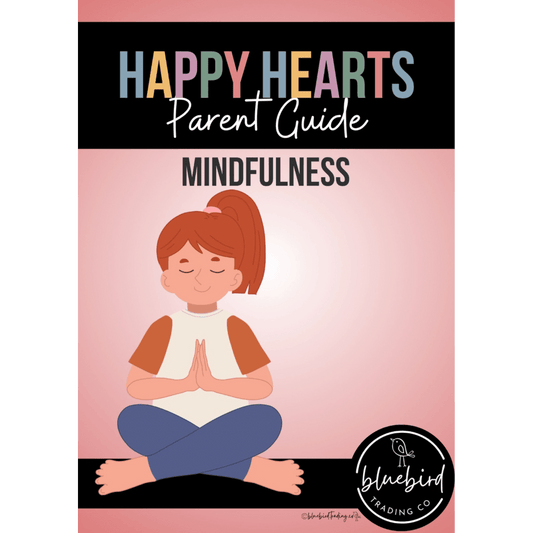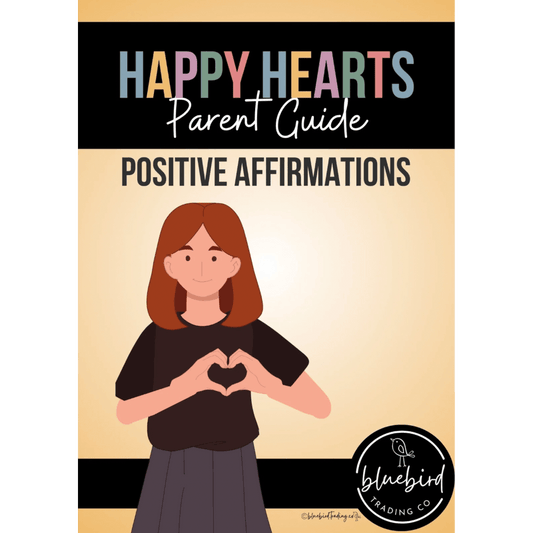Best Calming Techniques for Kids with Sensory Sensitivity

For children with sensory sensitivities, the world can feel too loud, too bright or too fast. Everyday things - like clothing textures, background noise or strong smells - can quickly lead to overwhelm. That’s why calming techniques specifically designed for sensory-sensitive kids are so important.
These strategies help children regulate their sensory input, manage big emotions and feel safe in their environment.
What Is Sensory Sensitivity?
Sensory sensitivity happens when a child’s brain has difficulty processing certain types of input - like sound, touch, movement or light. Some kids are sensory seekers, craving more stimulation. Others are sensory avoiders, who feel overwhelmed by too much.
Whether your child is highly sensitive to sensory input or needs help staying calm during overstimulating moments, these techniques can help.
Top 8 Calming Techniques for Sensory-Sensitive Kids
1. Deep Pressure (Proprioceptive Input)
Use tight hugs, weighted lap pads, compression vests or a rolled-up blanket to apply gentle, even pressure to the body.
Why it works: Deep pressure calms the nervous system and helps kids feel grounded.
2. Sensory Bottles (Calming Jars)
Create a DIY glitter jar or sensory bottle with water, glitter and glue. Watching the glitter settle is soothing and predictable.
Why it works: Visual focus helps slow down racing thoughts and supports self-regulation.
3. Breathing with Movement
Pair slow breathing with hand motions or tactile support—like:
• Blowing bubbles
• Breathing in while tracing fingers
• Using a breathing pinwheel
Why it works: Movement paired with breath gives kids something concrete to focus on.
4. Noise-Cancelling Headphones or Soft Music
Offer noise-reducing headphones or play calming music or white noise.
Why it works: Reduces overstimulation from loud or unpredictable sounds.
5. Visual Calm-Down Cards
Use printable visual strategy cards with options like “squeeze a stress ball,” “rock in a chair,” or “go to a quiet space.”
Why it works: Visuals reduce language demands and give kids a sense of control.
6. Movement Breaks (Vestibular Input)
Offer gentle movement like rocking in a chair, swinging or bouncing on a yoga ball.
Why it works: Helps reset the sensory system and supports body awareness.
7. Tactile Fidgets
Use smooth stones, textured fabric swatches, or homemade fidget toys to provide safe touch input.
Why it works: Fidgeting helps some kids self-soothe when they’re overwhelmed.
8. Create a Low-Stim Environment
Keep a calming corner or sensory-friendly space with:
• Soft lighting (lamps instead of overhead lights)
• Neutral colors
• Minimal noise
• Cozy textures (blankets, pillows, soft rugs)
Why it works: A calm space helps prevent overstimulation before it starts.
Every Child Deserves Tools That Fit Their Needs
Sensory-sensitive kids aren’t “overreacting” - they’re simply reacting to a world that feels overwhelming. When we provide customised calming tools, we’re giving them the power to manage their emotions in a way that makes sense for their unique brain and body.

